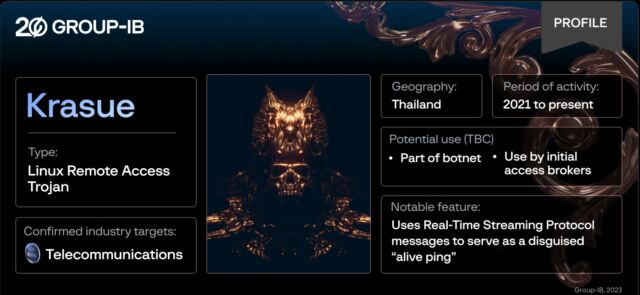UK once again demands backdoor to Apple’s encrypted cloud storage
Caroline Wilson Palow, legal director of the campaign group Privacy International, said the new order might be “just as big a threat to worldwide security and privacy” as the old one.
She said: “If Apple breaks end-to-end encryption for the UK, it breaks it for everyone. The resulting vulnerability can be exploited by hostile states, criminals, and other bad actors the world over.”
Apple made a complaint to the Investigatory Powers Tribunal over the original demand, backed by a parallel legal challenge from Privacy International and Liberty, another campaign group. That case was due to be heard early next year, but the new order may restart the legal process.
TCNs are issued under the UK Investigatory Powers Act, which the government maintains is needed by law enforcement to investigate terrorism and child sexual abuse.
Key figures in Donald Trump’s administration, including vice-president JD Vance and director of national intelligence Tulsi Gabbard, had pressured the UK to retract the January TCN. President Donald Trump has likened the UK’s request to Chinese state surveillance.
In August, Gabbard told the Financial Times that the UK had “agreed to drop” its demand that Apple enable access to “the protected encrypted data of American citizens.”
A person close to the Trump administration said at the time that the request for Apple to break its encryption would have to be dropped altogether to be faithful to the agreement between the two countries. Any back door would weaken protections for US citizens, the person said.
UK Prime Minister Sir Keir Starmer last month hosted Trump for a state visit, during which the two world leaders announced that US tech companies would invest billions of dollars to build artificial intelligence infrastructure in Britain.
Members of the US delegation raised the issue of the request to Apple around the time of Trump’s visit, according to two people briefed on the matter. However, two senior British government figures said the US administration was no longer leaning on the UK government to rescind the order.
© 2025 The Financial Times Ltd. All rights reserved. Not to be redistributed, copied, or modified in any way.
UK once again demands backdoor to Apple’s encrypted cloud storage Read More »



